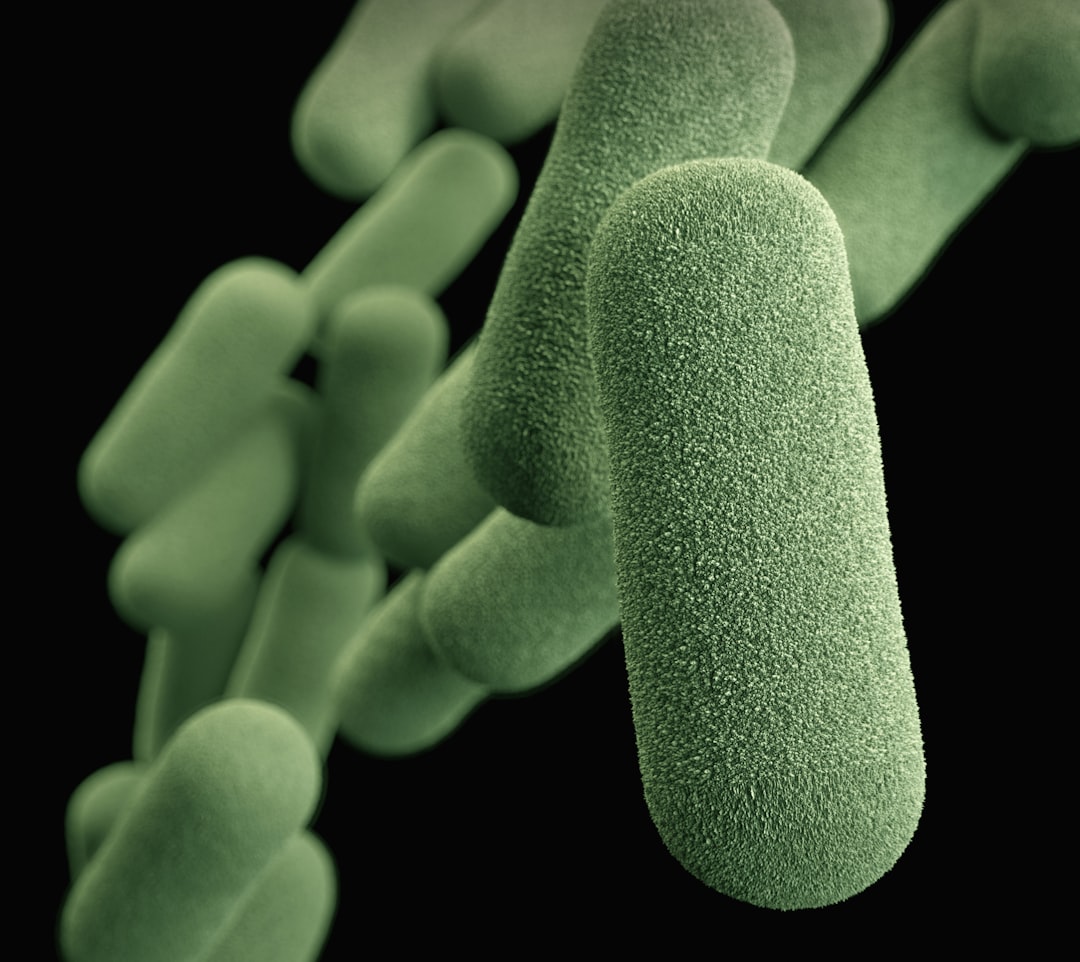What is it about?
Soil bacteria face competition from diverse microbial species. To stay competitive, they deploy a variety of weapons. At present, we know little about factors influencing decisions about which weapons to produce at any given time, and about mechanisms through which these decisions are carried out. In this study, we show that in the soil bacterium, Lysobacter enzymogenes, synthesis of the contact-dependent weapon, known as type six secretion system (T6SS) occurs under different conditions, compared to those conductive to the production of the contact-independent weapon, toxin HSAF. Further, when T6SS is not assembled, one of its structural components, Hcp, coactivates HSAF operon expression and HSAF synthesis. This study reveals that decisions about contact-dependent and contact-independent weapon production in bacteria are governed by both environmental cues and intrinsic coordination mechanisms.
Featured Image

Photo by CDC on Unsplash
Why is it important?
Our findings show that when the contact-dependent weapon, T6SS, is not in use, accumulation of one of its structural components, Hcp, serves as a signal to enhance production of the contact-independent weapon, HSAF. The uncovered environment-dependent and auto-regulatory mechanisms shed light on the processes governing deployment of various weapon systems in environmental bacteria.
Read the Original
This page is a summary of: An intrinsic mechanism for coordinated production of the contact-dependent and contact-independent weapon systems in a soil bacterium, PLoS Pathogens, October 2020, PLOS,
DOI: 10.1371/journal.ppat.1008967.
You can read the full text:
Contributors
Be the first to contribute to this page










